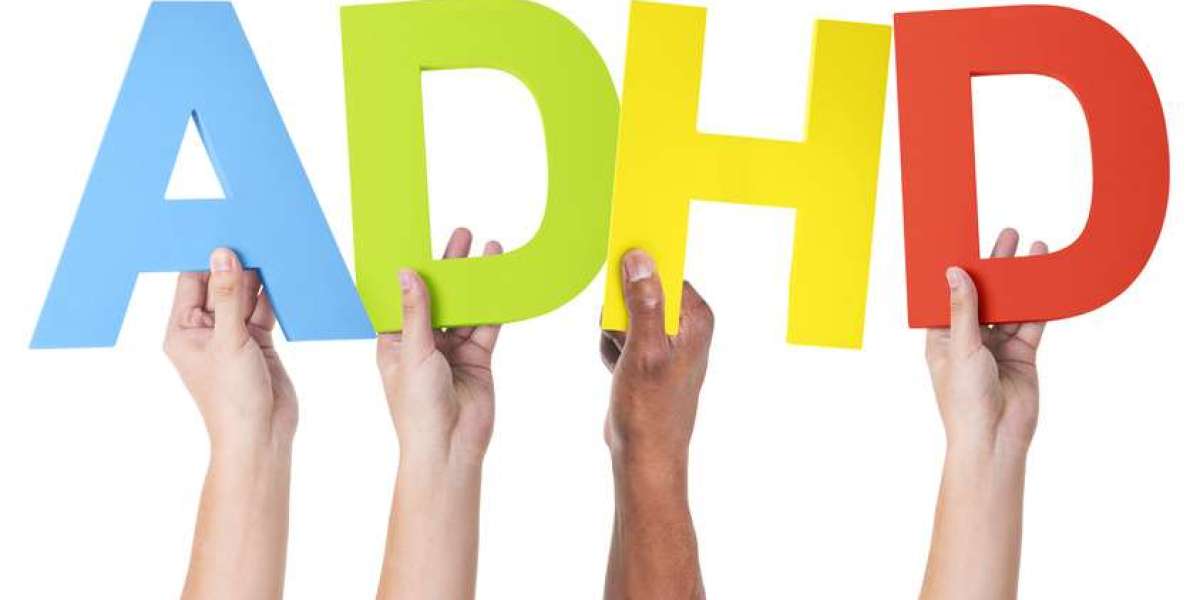Attention Deficit Hyperactivity Disorder (ADHD) is a common neurodevelopmental disorder characterized by symptoms such as inattention, hyperactivity, and impulsivity. Managing ADHD can be challenging, often requiring a combination of medication, behavioral therapy, and lifestyle adjustments. One such lifestyle adjustment that has gained considerable attention is physical activity. Numerous studies suggest that engaging in regular physical exercise can play a significant role in managing ADHD symptoms. This article explores the mechanisms through which physical activity benefits individuals with ADHD and offers practical recommendations for incorporating exercise into daily routines.
Understanding ADHD and Physical Activity
ADHD affects various aspects of cognitive functioning, including executive functions, attention, and impulse control. The disorder is often treated with stimulant medications that aim to balance neurotransmitter levels in the brain, particularly dopamine and norepinephrine. However, medication is not a one-size-fits-all solution and may come with side effects. This is where physical activity can be a valuable adjunctive treatment.
Research indicates that physical activity influences the brain's neurotransmitter systems, which are implicated in ADHD. Exercise stimulates the release of dopamine, norepinephrine, and serotonin—neurotransmitters that help regulate attention and mood. By enhancing these chemical processes, physical activity can potentially alleviate some of the symptoms associated with ADHD.
Mechanisms Through Which Physical Activity Helps
Improved Cognitive Functioning:
Regular physical activity is known to boost cognitive functions such as attention, executive function, and working memory. Exercise increases blood flow to the brain, which enhances cognitive processes and may help mitigate the inattention and memory issues commonly seen in ADHD.
Enhanced Mood and Emotional Regulation:
Physical activity has a well-documented effect on mood regulation. It reduces symptoms of anxiety and depression, which are often comorbid with ADHD. By improving overall mood and emotional stability, exercise can help reduce impulsivity and emotional outbursts.
Increased Self-Esteem and Motivation:
Engaging in physical exercise can improve self-esteem and self-confidence. Individuals with ADHD often struggle with self-image due to their symptoms. Regular exercise offers a sense of accomplishment and boosts motivation, which can be beneficial in managing ADHD.
Better Sleep Patterns:
Sleep disturbances are common in individuals with ADHD. Regular physical activity can promote better sleep by helping to regulate the sleep-wake cycle and reduce symptoms of insomnia. Improved sleep can, in turn, help in managing ADHD symptoms more effectively.
Structured Routine:
Incorporating physical activity into daily routines provides structure, which is beneficial for individuals with ADHD. Establishing a regular exercise regimen can create a sense of order and routine, helping to manage symptoms related to disorganization and time management.
Practical Recommendations for Incorporating Exercise
Choose Enjoyable Activities:
To ensure consistency, it's crucial to select physical activities that the individual enjoys. Whether it's swimming, cycling, dancing, or team sports, finding an activity that is engaging can make it easier to stick to a regular exercise routine.
Set Realistic Goals:
Start with manageable goals to avoid overwhelming the individual. Setting small, achievable goals can provide a sense of accomplishment and encourage continued participation in physical activity.
Integrate Exercise into Daily Life:
Incorporate physical activity into daily routines by using opportunities such as walking or biking to work, taking the stairs instead of the elevator, or engaging in short exercise breaks throughout the day. Making exercise a part of everyday life can help build a sustainable habit.
Engage in Structured Programs:
Enrolling in structured physical activity programs, such as sports teams or exercise classes, can provide social interaction and additional motivation. These programs often include set schedules and goals, which can be particularly beneficial for individuals with ADHD.
Monitor Progress and Adjust:
Regularly assess the impact of physical activity on ADHD symptoms and adjust the exercise routine as needed. Keep track of improvements in mood, attention, and overall well-being to gauge the effectiveness of the chosen activities.
Involve Family and Friends:
Encouraging family members or friends to participate in physical activities can provide additional support and motivation. Group activities or family outings that involve exercise can make the experience more enjoyable and less isolating.
Conclusion
Physical activity is a powerful tool in managing ADHD symptoms, offering benefits that extend beyond mere physical health. By improving cognitive functioning, emotional regulation, and overall well-being, regular exercise can play a significant role in enhancing the quality of life for individuals with ADHD. While physical activity should complement, rather than replace, other treatment modalities, its incorporation into daily routines can provide substantial support in managing ADHD symptoms. Through enjoyable, structured, and consistent exercise, individuals with ADHD can experience notable improvements in their symptoms and overall quality of life.



